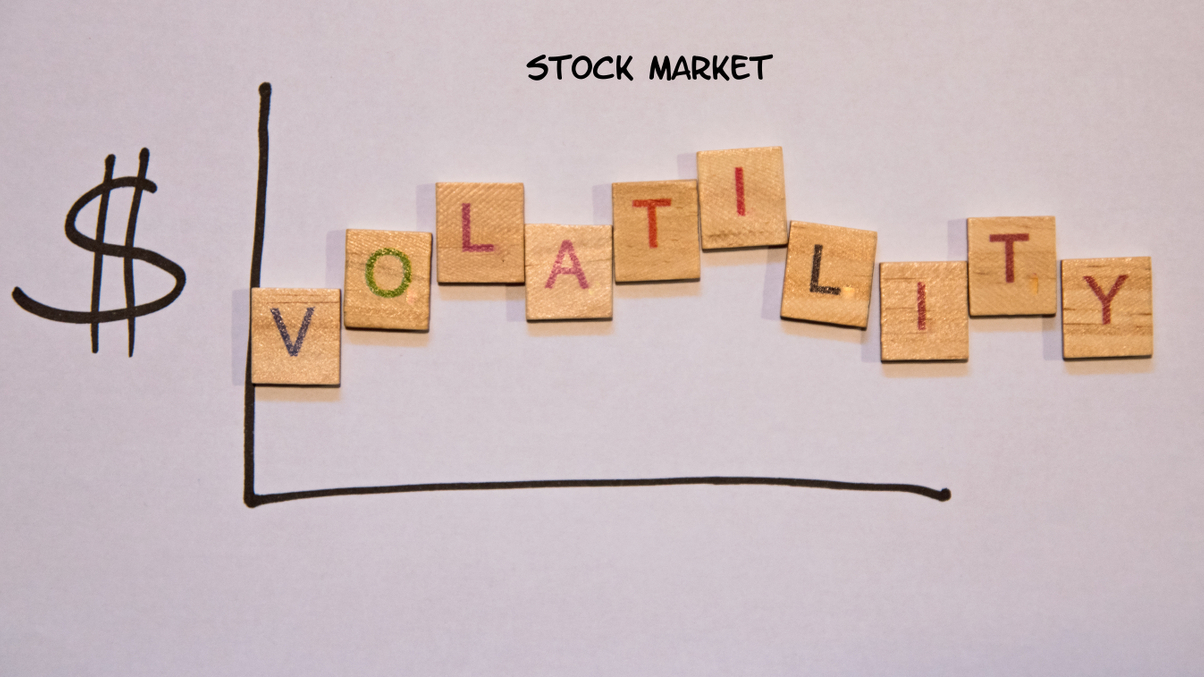How market volatility is set to stress ETF structures
Exchange-traded funds have enjoyed tremendous demand, but as market volatility continues some of these instruments could find their liquidity being tested.

2019’s uncertain financial outlook is causing discomfort among many financial market players. For some, ETFs lie close to the heart of this malaise.
Sign in to read on!
Registered users get 2 free articles in 30 days.
Subscribers have full unlimited access to AsianInvestor
Not signed up? New users get 2 free articles per month, plus a 7-day unlimited free trial.
¬ Haymarket Media Limited. All rights reserved.


